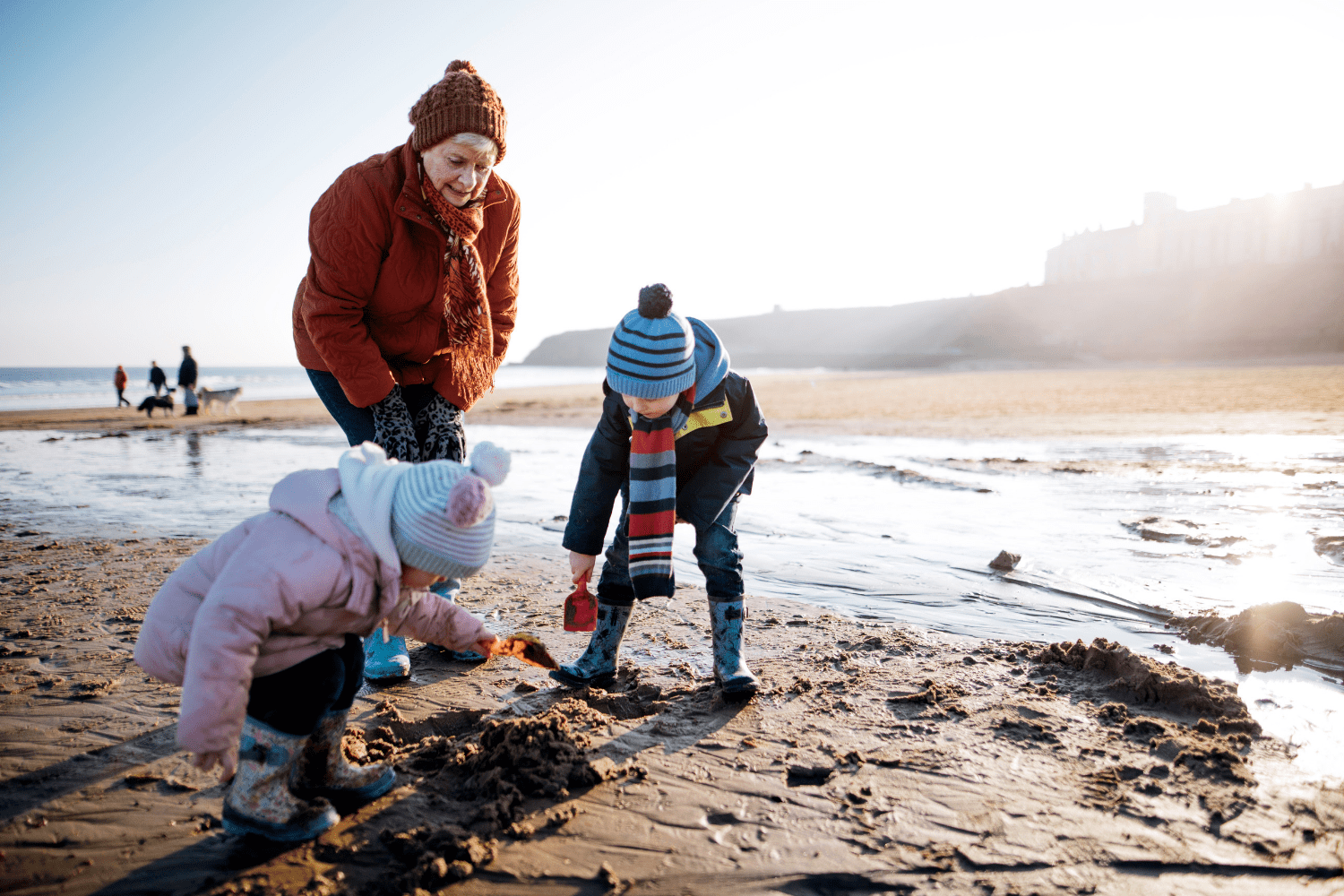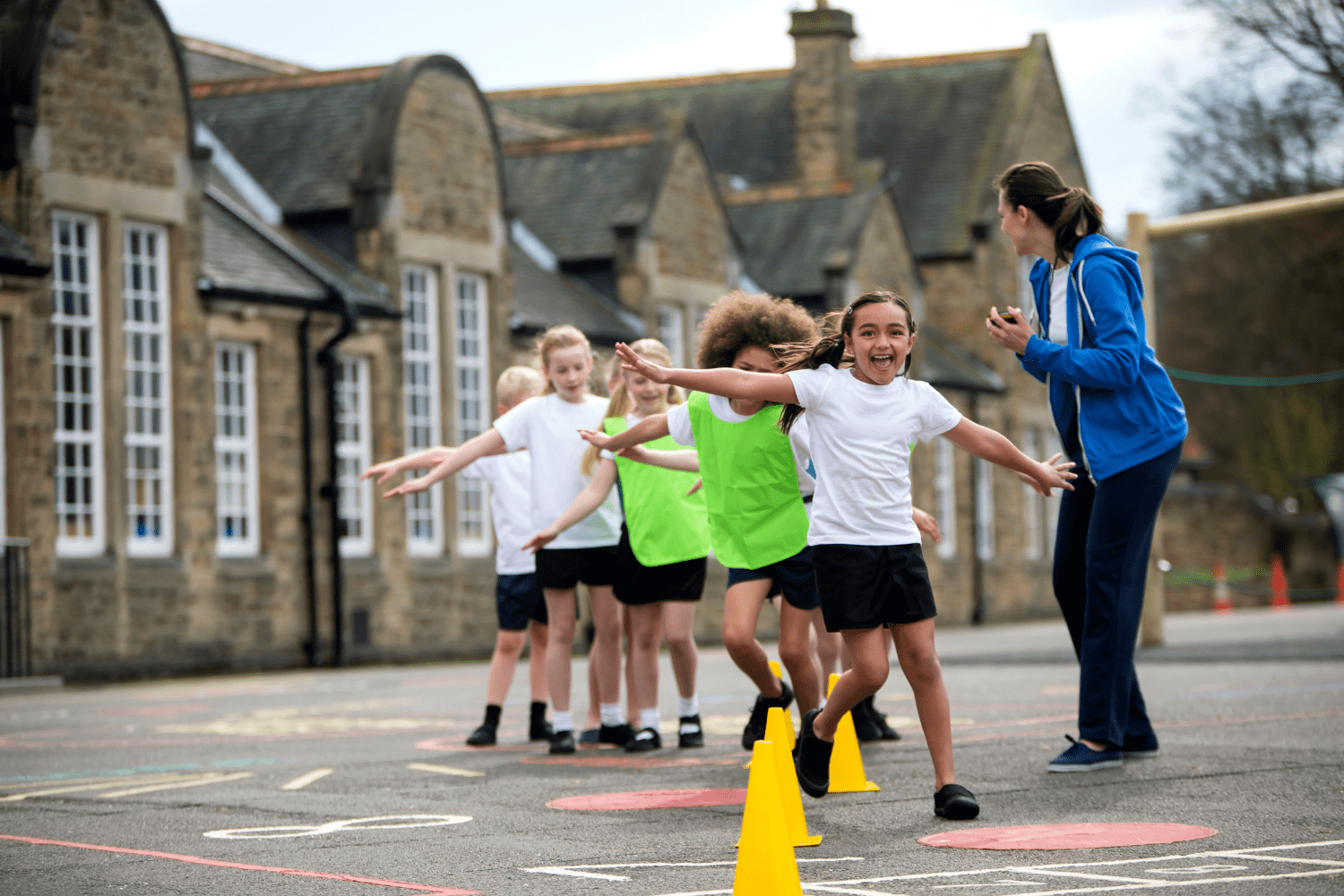How to help your constipated child

Here are some things you can do to help if you think your child is suffering from constipation.
Establish a routine
Try to make sure your child goes to the toilet regularly throughout the day. Encourage your child to go to the toilet for a poo 20-30 minutes after eating a main meal. A regular, calm and relaxed toilet routine will help your child to completely empty their bowel, helping to reduce pooing accidents and constipation.
Think about diet
Offer your child foods that are higher in fibre at each meal and snack time. For example, fibre containing cereals, wholemeal bread, fruit and vegetables.
Drink more fluids
Aim to get your child to have 6-8 drinks each day. Suitable drinks include water, squash and fruit juices. They should have no more than a pint of milk a day. Having plenty to drink will help to keep poo soft and easy to pass.
Exercise
Encourage your child to get active.
National Guidance from The Department of Health advises 60 minutes of physical activity every day. Children should avoid sitting for long periods of time.

Talking to your child’s school
Talk to your child’s class teacher to make sure your child has easy access to the toilet and to drinks whilst at school. Tell them about your child’s condition – often they don’t know! If your child is soiling, discretely provide a change of clothing, toilet wipes and nappy sacks/sealable bags for use at school.
Tips for happy pooing on the toilet
Don’t let your child wait to do a poo. Set aside a time each day for your child to sit on the toilet. Give them enough time so they don’t feel rushed; around 5-10 minutes is about right.
Talk about poo! Read books about poo! Make it the normal part of everyday life that it is.
Make the toilet fun by encouraging activities when sitting on the toilet, like reading their favourite book.
To help with pushing, encourage your child to blow bubbles or blow a balloon. Gentle rocking backwards and forwards whilst sitting on the toilet can also help; this can be done to music. You could also teach them how to massage their tummy.
If your child says it hurts to poo, tell them to stop trying and try again later.
Ensure your child sits on the toilet properly:
- Make sure your child is comfortable and relaxed on the toilet seat- consider using a child’s size toilet seat/insert seat
- Have their feet firmly on the floor or resting on a step
- Raise their knees higher than their hips
- Lean slightly forwards and rest their elbows on their knees
- Push out their tummy
This process makes it easier to push poo out. To help your child feel supported, they may need to put their feet on a footstool in front of the toilet.
Getting help
Constipation can start at any age and most children get constipated from time to time. However, if your child has constipation that doesn’t go away, they may need some help to get back to normal. Please see your child’s GP who will offer help.
If your child is constipated, the GP may prescribe medication. You may have to keep giving this medication to ensure your child continues to pass a soft painless poo regularly. It’s really important to give your child their prescribed medication until the course is completed, even if the constipation appears to be getting better.
The poo nurses video gives a great explanation of the medications used for constipation.

